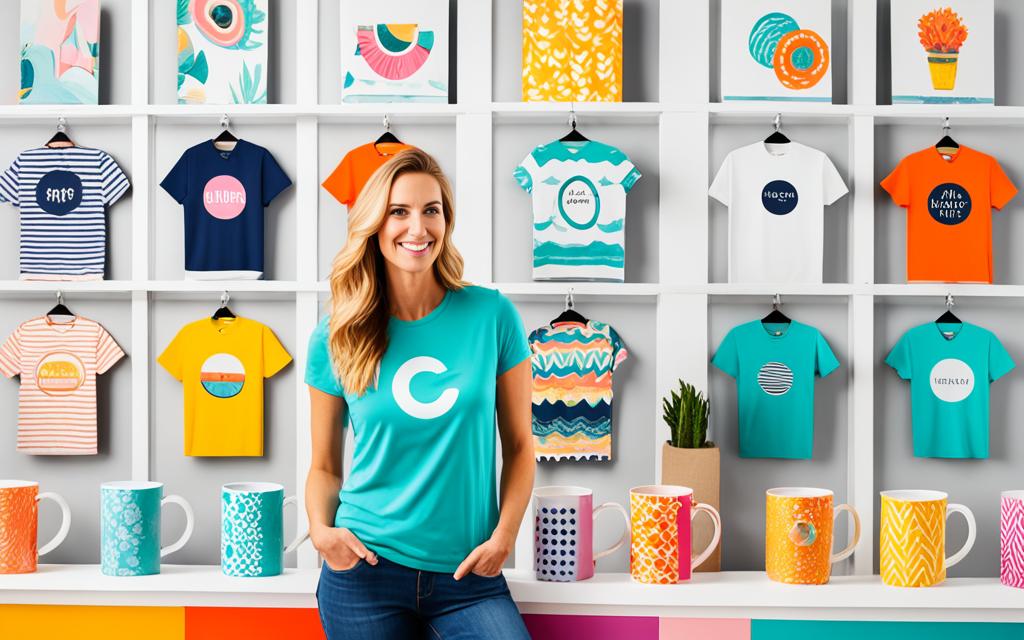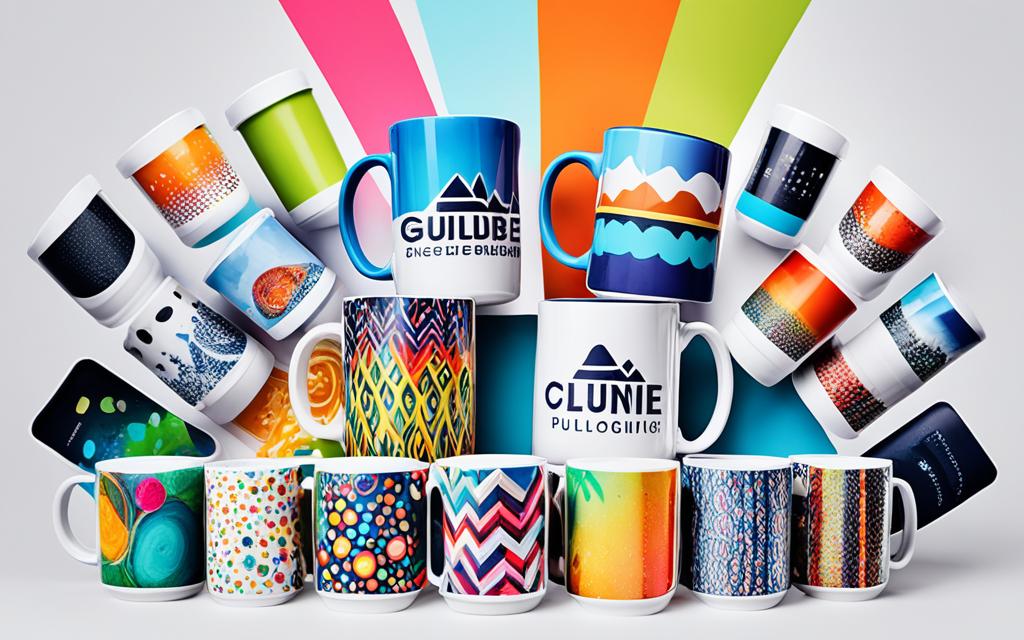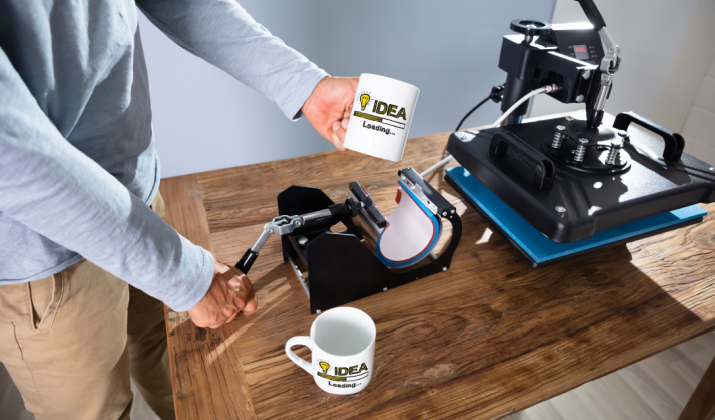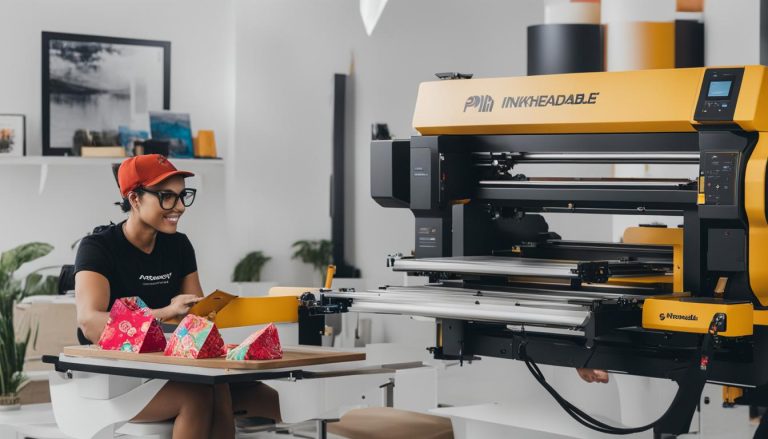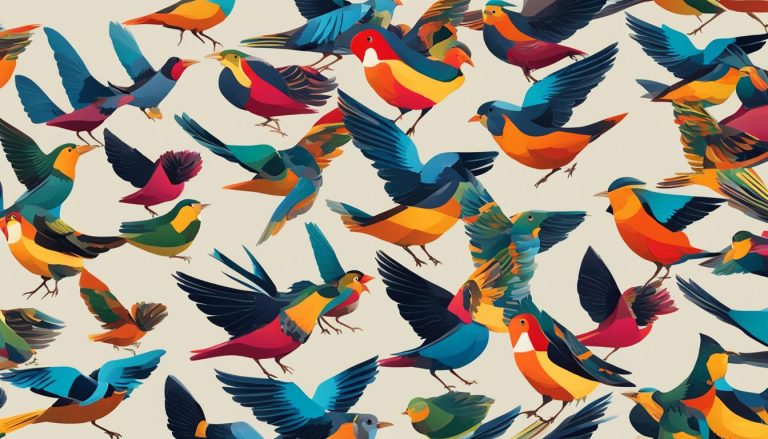Are you an aspiring entrepreneur looking to start your own online business with little to no upfront cost? Then the world of print-on-demand platforms might be the perfect opportunity for you.
With the ability to customize products with your unique designs, these platforms allow you to turn your creativity into a thriving business.
But with so many options out there, it can be overwhelming to choose the right platform for your needs. That’s why we’re here to compare two of the most prominent players in the industry: Gearbubble and Redbubble.
In this article, we’ll take a closer look at the services, product quality, and artist profits offered by Gearbubble and Redbubble. By exploring these key factors, we’ll help you make an informed decision about which platform is better suited for your goals as an entrepreneur or artist.
So, let’s get started.
Gearbubble
Gearbubble is a print-on-demand platform that allows users to create their own storefront and launch campaigns. It offers a variety of products such as shirts, hoodies, and jewelry.
Gearbubble provides a free trial for 14 days and charges a monthly subscription fee ranging from $97 to $297. The platform handles fulfillment and shipping, and users earn the the difference between the base cost and retail price set by them.
Gearbubble also offers integration with platforms like Amazon, Etsy, and eBay, allowing users to sell on these channels.
The company was founded in 2014 and is based in Las Vegas, Nevada.
Redbubble
Redbubble is a global online marketplace for print-on-demand products based on user-submitted artwork. The company was founded in 2006 in Melbourne, Australia, and also maintains offices in San Francisco and Berlin.
Redbubble allows its members to sell their artwork as decoration on a variety of products, including prints, T-shirts, phone cases, hoodies, cushions, duvet covers, leggings, stickers, skirts, and scarves.
The company offers free membership to artists who maintain the copyrights to their work, regulate their own prices, and decide which products may display their images.
Redbubble operates primarily on the Internet and has a large customer base, with 5.0 million customers in fiscal year 2023, buying 4.8 million different designs from 650,000 artists.
The company is part of Articore Group Limited, which is publicly traded as ASX: ATG.
Also Read: Redbubble vs Etsy
Gearbubble vs Redbubble – Key Differences
The main differences between Gearbubble and Redbubble are as follows:
Gearbubble
- Business Model: Gearbubble allows you to create your own storefront and launch campaigns. You can sell your products for free, but to sell on more platforms like Etsy, eBay, and Amazon, you’d need to pay extra
- Product Range: Gearbubble offers a variety of products such as shirts, hoodies, and jewelry.
- Fulfillment: Gearbubble takes care of fulfillment and shipping for you.
- Commission: You earn the the difference between the base cost and retail price set by you. Gearbubble takes the base cost, leaving you the profits earned from the retail price.
Also Read: Teemill vs Redbubble
Redbubble
- Business Model: Redbubble is a marketplace that provides everything you need to sell your designs. You only have to create the designs and then market your goods through their platform. You are not allowed to sell your designs on any other platforms.
- Product Range: Redbubble offers a wide range of products designed by independent artists.
- Fulfillment: Every time you make a sale on Redbubble, they’ll print and ship the order from you via one of their third-party printing providers, which are based around the world.
- Commission: Redbubble charges a commission of 20% on your product’s selling price for every product you sell.
Gearbubble vs Redbubble – Product Quality
When it comes to product quality, Gearbubble is known for its high-quality offerings.
They use top-of-the-line materials and printing techniques to ensure that the products meet customer expectations. Whether it’s a t-shirt, mug, or phone case, Gearbubble products are designed to last and withstand regular use.
On the other hand, Redbubble offers a wide range of products with varying quality. While they have standards in place to maintain the overall quality, the final product quality may depend on the individual artist’s design and the printing partner they choose.
It’s important for customers to review the product reviews and ratings before making a purchase.
Check Out: Zazzle vs Redbubble
Gearbubble vs Redbubble – Artist Profits
Both Gearbubble and Redbubble allow sellers to set their own prices and earn a profit from each sale. However, the commission rates may differ between the platforms.
Gearbubble offers a transparent profit structure where sellers can easily calculate their earnings. They provide clear information on the base cost of each product, allowing sellers to determine their desired profit margin accurately.
Redbubble, on the other hand, operates on a commission-based model. Sellers earn a percentage commission from each sale, and the exact commission rates may vary depending on factors such as product type and sales volume.
| Gearbubble | Redbubble | |
|---|---|---|
| Services | Printing, Packaging, Shipping | Printing, Packaging, Shipping |
| Platform Type | Standalone | Marketplace |
| Product Quality | High-quality | Varying quality |
| Artist Profits | Sellers set prices and earn a profit from each sale | Commission-based |
If you prioritize high-quality products and a user-friendly interface, Gearbubble may be the better option for you.
On the other hand, if you value a larger customer base and more opportunities for exposure, Redbubble offers a marketplace environment that can provide the desired exposure and sales potential.
Also Read: Redbubble vs Printful
Gearbubble vs Redbubble – Pros & Cons
Here are the pros and cons of Gearbubble and Redbubble:
Gearbubble Pros
- Offers a free trial for 14 days
- Provides a variety of products such as shirts, hoodies, and jewelry
- Handles fulfillment and shipping for you
- Allows you to create your own storefront and launch campaigns
- Offers integration with platforms like Amazon, Etsy, and eBay
- You earn the difference between the base cost and retail price set by you
Gearbubble Cons
- Limited advanced settings
- SEO challenges
Redbubble Pros
- Provides a platform to design and sell products
- Offers a wide range of products designed by independent artists
- High print quality
- Supports artists
- Easy to navigate
- Provides print-on-demand services
- No upfront costs or subscription fees for setting up a shop
- You can set your own pricing for each product
Redbubble Cons
- Products can be expensive
- Quality inconsistencies
- Poor customer service
- You are not allowed to sell your designs on any other platforms
Also Read: Gearbubble vs Printful
Gearbubble vs Redbubble – Shipping
Gearbubble
- Shipping takes 3-11 business days for orders in the US.
- For orders made overseas, it usually takes 14-20 business days.
Redbubble
- Redbubble offers quick dispatch.
- Every time you make a sale on Redbubble, they’ll print and ship the order from you via one of their third-party printing providers, which are based around the world.
Also Read: Gearbubble vs Printify
Conclusion
If you are seeking high-quality products and a user-friendly interface, Gearbubble may be the best choice for you. They are known for their commitment to delivering premium products and provide a seamless experience for sellers.
With Gearbubble, you can showcase your designs on various customizable items and set your own prices to earn a profit with each sale.
On the other hand, if you are looking for a larger customer base and more opportunities for exposure, Redbubble could be the ideal platform for you.
As a marketplace, Redbubble attracts a wide range of customers actively seeking unique and creative products. It allows artists to reach a broader audience and gain visibility for their work.
While product quality may vary, Redbubble offers a diverse selection of customizable items to suit different tastes.
Ultimately, the best choice between Gearbubble and Redbubble depends on factors such as desired product quality, target audience, and personal selling preferences.
Consider your goals and weigh the pros and cons of each platform to make an informed decision that aligns with your creative aspirations and business objectives.



